Eva-Kathrin Ehmoser-Sinner - Lessons on Synthetic Bioarchitectures
Here you can read online Eva-Kathrin Ehmoser-Sinner - Lessons on Synthetic Bioarchitectures full text of the book (entire story) in english for free. Download pdf and epub, get meaning, cover and reviews about this ebook. year: 0, publisher: Springer International Publishing, genre: Religion. Description of the work, (preface) as well as reviews are available. Best literature library LitArk.com created for fans of good reading and offers a wide selection of genres:
Romance novel
Science fiction
Adventure
Detective
Science
History
Home and family
Prose
Art
Politics
Computer
Non-fiction
Religion
Business
Children
Humor
Choose a favorite category and find really read worthwhile books. Enjoy immersion in the world of imagination, feel the emotions of the characters or learn something new for yourself, make an fascinating discovery.
- Book:Lessons on Synthetic Bioarchitectures
- Author:
- Publisher:Springer International Publishing
- Genre:
- Year:0
- Rating:3 / 5
- Favourites:Add to favourites
- Your mark:
- 60
- 1
- 2
- 3
- 4
- 5
Lessons on Synthetic Bioarchitectures: summary, description and annotation
We offer to read an annotation, description, summary or preface (depends on what the author of the book "Lessons on Synthetic Bioarchitectures" wrote himself). If you haven't found the necessary information about the book — write in the comments, we will try to find it.
Lessons on Synthetic Bioarchitectures — read online for free the complete book (whole text) full work
Below is the text of the book, divided by pages. System saving the place of the last page read, allows you to conveniently read the book "Lessons on Synthetic Bioarchitectures" online for free, without having to search again every time where you left off. Put a bookmark, and you can go to the page where you finished reading at any time.
Font size:
Interval:
Bookmark:
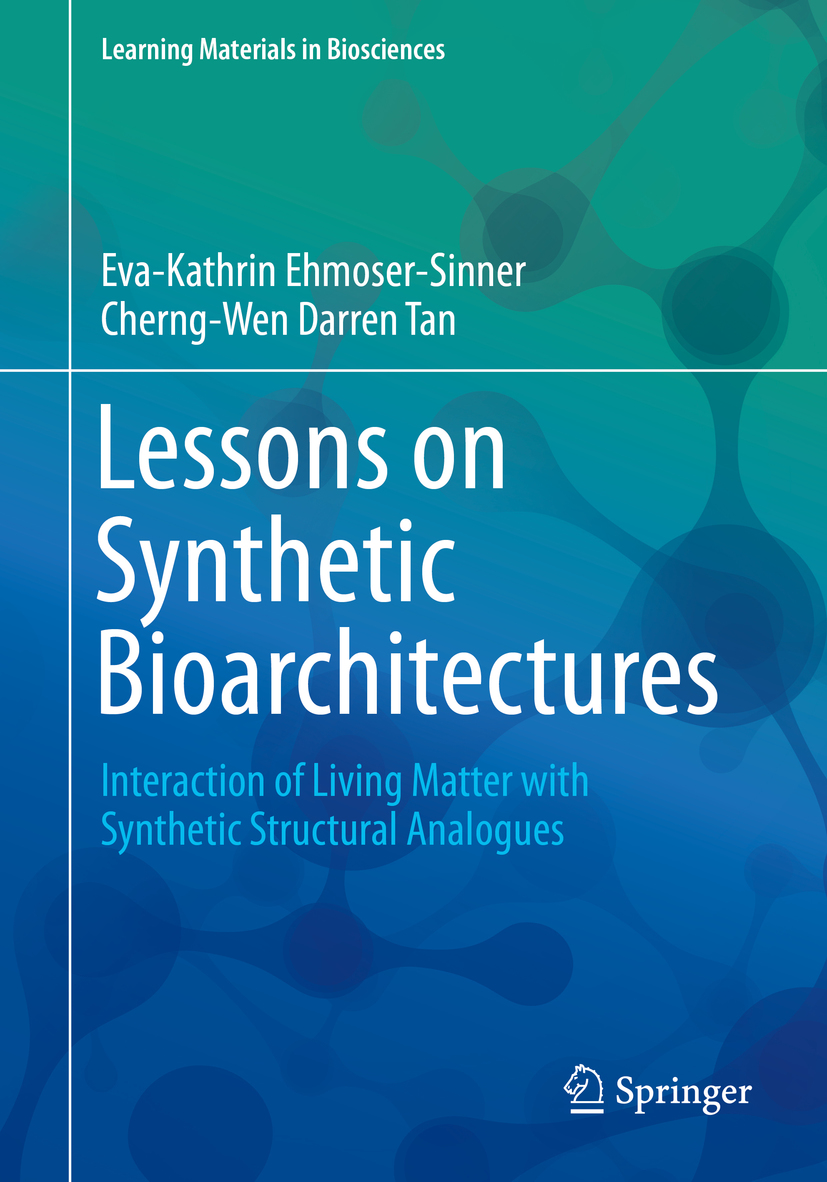
Learning Materials in Biosciences textbooks compactly and concisely discuss a specific biological, biomedical, biochemical, bioengineering or cell biologic topic. The textbooks in this series are based on lectures for upper-level undergraduates, masters and graduate students, presented and written by authoritative figures in the field at leading universities around the globe.
The titles are organized to guide the reader to a deeper understanding of the concepts covered.
Each textbook provides readers with fundamental insights into the subject and prepares them to independently pursue further thinking and research on the topic. Colored figures, step-by-step protocols and take-home messages offer an accessible approach to learning and understanding.
In addition to being designed to benefit students, Learning Materials textbooks represent a valuable tool for lecturers and teachers, helping them to prepare their own respective coursework.
More information about this series at http://www.springernature.com/series/15430

This Springer imprint is published by Springer Nature
The registered company is Springer International Publishing AG
The registered company address is: Gewerbestrasse 11, 6330 Cham, Switzerland
The online version of this article () contains supplementary material, which is available to authorized users.
The objective of synthetic bioarchitectures as a field of research cannot be confined yet as it belongs to the converging sciences, still emerging; however, let us foresee one of the most relevant objectives of this field: the communication of life with synthetic matter.
What can we learn by talking to nature in the language of molecules? We can interfere with biological pathways in a much more compatible format than has ever been possible before.
For example, thinking about chemotherapy we might apply the German saying: den Teufel mit dem Beelzebub austreibenwhich means that chemotherapy is about trading off: lacking specific tumor markers results in the attempt to stop proliferation in general and the result appears as treating bad with similar bad: we kill various cells in the course of chemotherapy and eventually we succeed by hitting cancerous cells harder than benign tissue. The side effects are of course enormous and undesired.
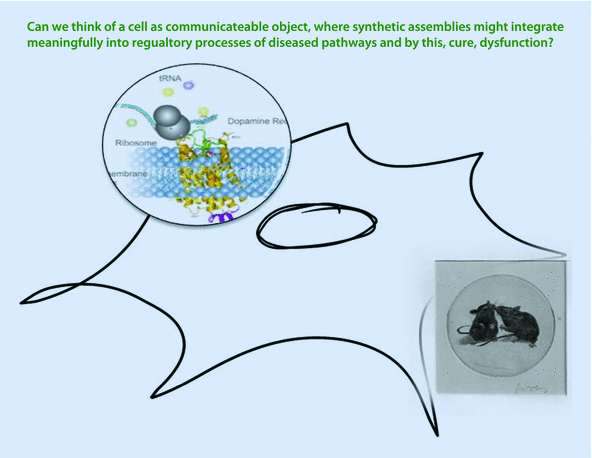
Cartoon of a (eukaryotic) cell with a graphic inset of an artificial bioarchitecturenamely a membrane protein, which might interfere with a diseased cell. This desired artificial assembly is available in vitro, made by the ribosomal complex with all the compounds needed (translocon machinery, chaperones, etc.) and energetic boundary conditions involved; however, instead of targeting the endoplasmic reticulum, as an example, colloidal membrane architecture can be addressed (e.g., membrane disks). On the other side of the cartoon, the whole organism is depicted, represented by two mice, eventually being cured by the introduction of such synthetic assemblies
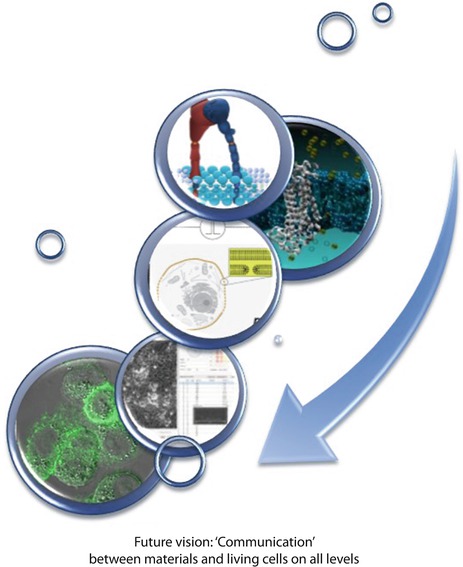
As time will tell, eventually, synthetic bioarchitectures will be targeted by scientists as novel therapeutics. (Composition images courtesy of D. Miklavcic, Ljubljana University, Slovenia; Tarek Mounir, CNRS, France; Ute Reuning, Technische Universitt Mnchen, Germany)
Font size:
Interval:
Bookmark:
Similar books «Lessons on Synthetic Bioarchitectures»
Look at similar books to Lessons on Synthetic Bioarchitectures. We have selected literature similar in name and meaning in the hope of providing readers with more options to find new, interesting, not yet read works.
Discussion, reviews of the book Lessons on Synthetic Bioarchitectures and just readers' own opinions. Leave your comments, write what you think about the work, its meaning or the main characters. Specify what exactly you liked and what you didn't like, and why you think so.

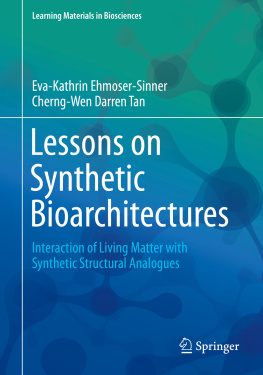
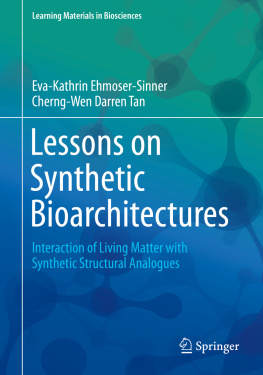
![Dzhon Makdonald - The Sinner of the Saints [story]](/uploads/posts/book/924785/thumbs/dzhon-makdonald-the-sinner-of-the-saints-story.jpg)
![Sheldon Lord - Savage Lover [= Sinner Man]](/uploads/posts/book/875413/thumbs/sheldon-lord-savage-lover-sinner-man.jpg)





